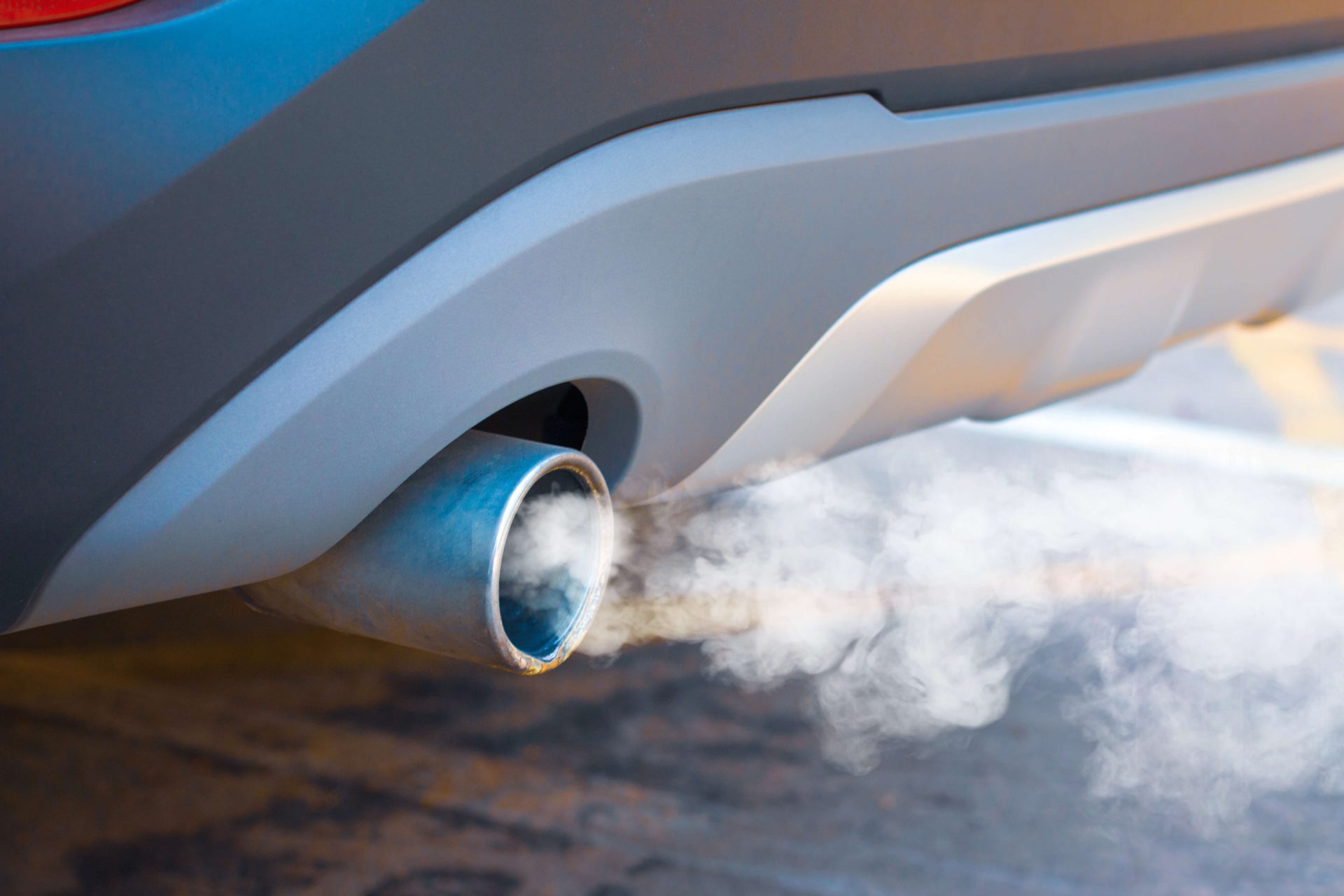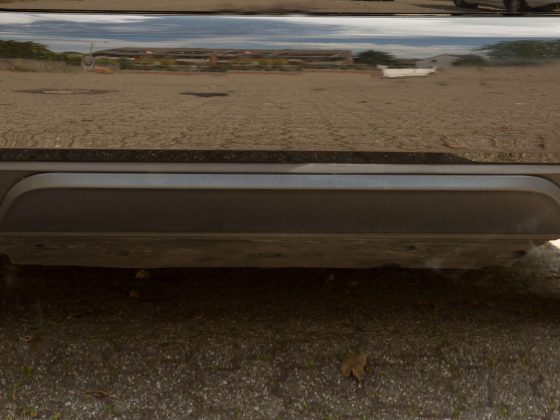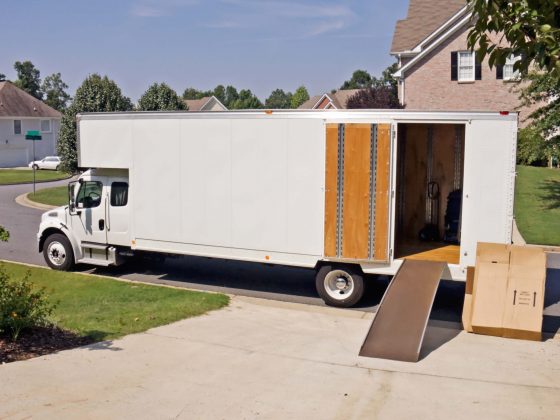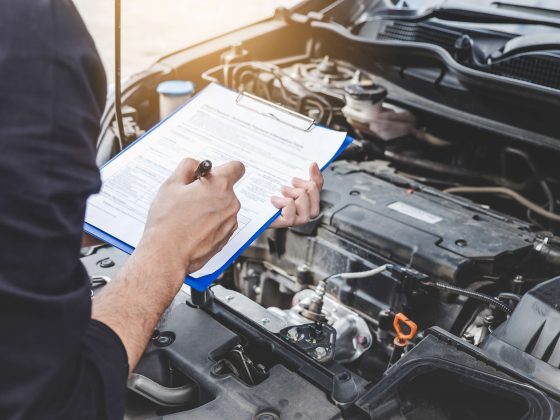Anyone who has owned, leased, rented, or borrowed a vehicle knows this simple truth: a car, truck, van, SUV, RV, or bus is a lot more than four wheels and a place to crank up your favorite tunes. The thing that gets you, your loved ones, your work supplies, your pets, and your groceries from Point A to Point B requires care, maintenance, and attention. Vehicles are systems within systems, synergetic compounds of the electrical and the battery-powered, the fuel-based and the mechanical. In other words, there’s a lot going on there, and while it may be tempting to skip out on a few housekeeping issues every now and then, we’ll tell you why may want to reconsider.
Use eTags© to Quickly Complete Your DMV Service. Renewals, Title Transfers and More, All Online!
One of the most common questions that pops up here at eTags with regard to vehicle registration requirements is: Do I really need to do regular emissions tests? The answer, quite plainly, is yes, in many states at least. Aside from the fact that over thirty U.S. states (thirty-four at the time of this publication) require regular emissions testing, even if your state does not require that you get this type of inspection (Florida, for example), it’s probably a smart idea to do so anyway. In order for this to make sense, it’s good to understand what an emissions test is, and why it is important.
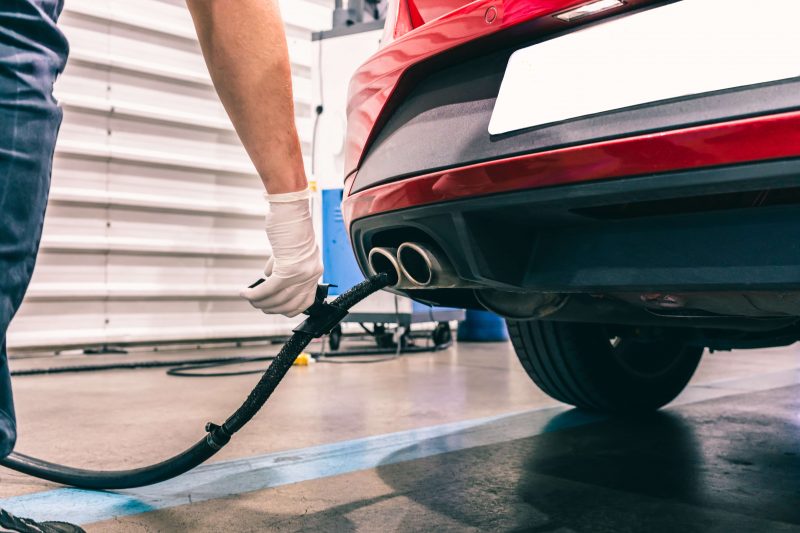
An emissions test, also referred to as a smog check, is the process of checking your gasoline-powered vehicle’s exhaust for its level of pollutants. In an effort to reduce the amount of harmful chemicals loosed into the air we breathe, the test will look for things such as hydrocarbons, carbon monoxide, benzene, formaldehyde, nitrogen oxide, and sulfur dioxide, to name a few.
The test aims to reduce the impact these emissions have not only on human health – consider the near-constant and close contact people have with vehicles every day – but also on the environment, the earth at large. Were we to maintain a generally unregulated vehicle population, a nation (or a globe) full of cars and trucks with no tempering of the exhaust they produce, the results could have a rather detrimental effect on our planet. Los Angeles, at one point having some of the most polluted air in America, has seen drastic improvements in air quality. Many state’s, like New York, have adopted California’s Air Quality standards used in emissions testing, owing to the state’s success in combating air pollution. In ensuring that your ride is emissions compliant, you are potentially helping in avoiding the following damage:
- Ozone depletion
- Flora and fauna harm
- Production of acid rain
- Crop and soil contamination
- Compromising of aquatic life
Not convinced yet? That’s cool, we like a challenge. How about this for a little impetus: if you do go for an emissions check and the vehicle fails the test, the outcome could point to a few serious issues going on in your car – that were otherwise keeping hush-hush. For example, an air filter that has not been properly cleaned or changed for some time can lead to a higher level of hydrocarbons being released. And how would you know unless you’d gone for that smog check? One of the quick and easy car maintenance tips we’ve previously shared includes checking the air filter; important both for your health and that of your car.
A failed test could also be caused by old spark plugs, a poor gas cap, or a faulty catalytic converter. So, say you are not required to bring your car in for this inspection in your state, and you also have no other obvious signs of any issue with these other parts…it could be far too long and too late by the time the problems catch your attention. Thus, regular emissions testing can help protect your car, your personal health, and your environment. Think of it like a checkup, an annual or biennial visit to your car’s doctor.
That’s a pretty good driving force (get it?!) to inspire us to keep up with our emissions testing. And if you’re with us on this, here are a few FAQ’s that might help:
Q: How often do I need to get an emissions test?
A: Most states require a passing test every one to two years.
Q: How much does a smog check/emissions test cost?
A: Costs vary by state, but to name a few:
-
- CA: $21.00 – $29.00
- MD: $140.00
- NY: $21.00 – $37.00
- CT: $20.00
- OH: Your first three tests are free, followed by an $18.00 fee
Q: How long does the test take?
A: A standard test will take between fifteen to thirty minutes. But this depends on your state’s requirements and testing center.
Q: How is the test conducted?
A: All cars manufactured after 1996 have a special port (called an OBD) that gets hooked up by a technician to a diagnostic device which determines if anything is amiss. All earlier vehicle makes will undergo good, old fashioned, tailpipe emissions testing.
Q: What if I skip the test in a state where it is required?
A: Most likely you will not be able to renew your registration when it expires. (Renewals, by the way, are one of our easiest, and most sought-after services.) In some states (like Maryland) an overdue test will incur a late fee.
Q: Where do I go for an emissions test?
A: Depending on your state, you can visit a licensed mechanic, car dealership, or specialized emissions testing center.
Q: What happens if my car does not pass the test?
A: The testing center will generally identify the point of failure. The cause will be likely be stated clearly on the report given to you at the end of the test. If the testing center cannot conduct the repair themselves, you can take the reported issue to a mechanic to remedy the problem.

So, while emissions testing may not be required where you live, we think it’s a pretty essential element in the general upkeep of your car. It also seems like a swell way to demonstrate a little extra care for ourselves and our planet. For thirty minutes of your day and less than the cost of dinner for two, you can pretty much secure ease of mind with regard to your vehicle’s emissions for a least one year. And we love that.
